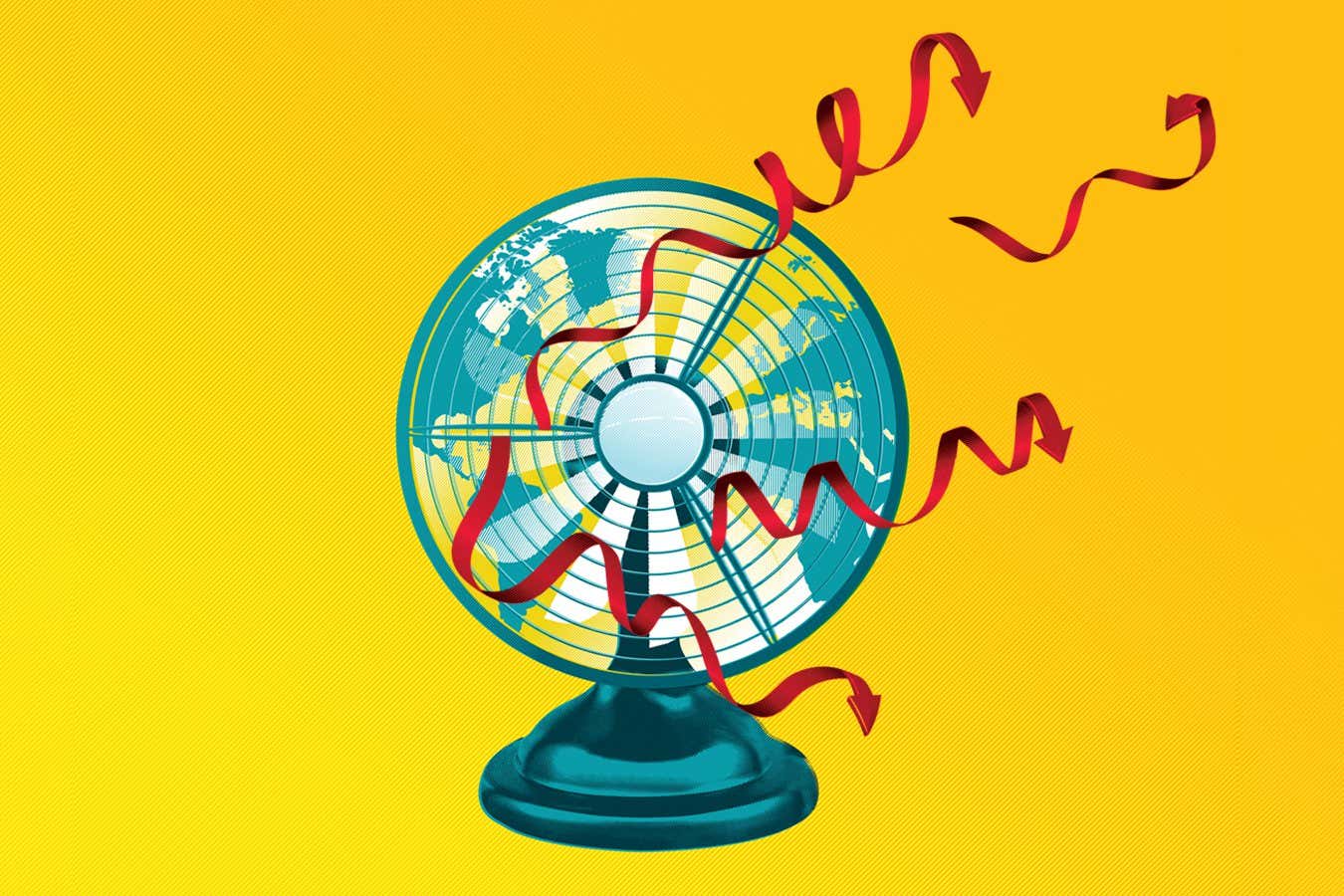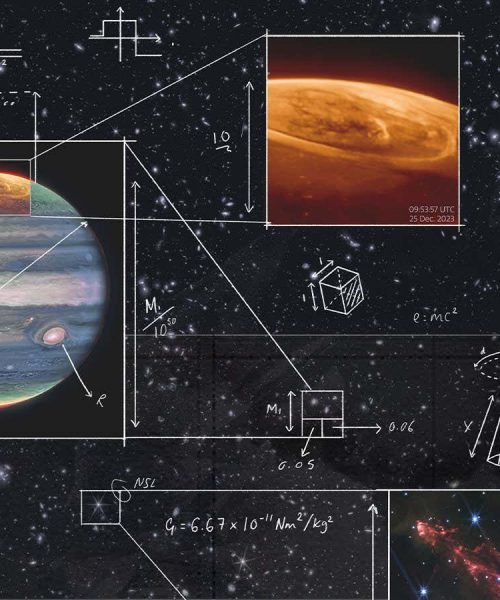
Gary Neill
At the end of October 2024, a grey gloom descended over the British Isles. Nothing unusual there. But this murky shroud was particularly persistent, even for the UK. Some regions barely saw the sun for a fortnight. Residents of the village of Odiham in Hampshire, for example, enjoyed just 12 minutes of sunshine in the first 11 days of November. And according to the Met Office, the UK’s weather service, the country as a whole saw just 8.3 hours of sunshine across that period, well below average for that time of year. Meanwhile, in Spain, a slow-moving storm over the Valencia region unleashed torrential downpours, causing flash floods that killed 231 people.
For both events, you can blame the jet stream – the fast-moving air currents that flow west to east around the globe. In October 2024, the polar jet had buckled, trapping a high-pressure anticyclone system over the UK and a low-pressure system over Spain. That isn’t unprecedented: the jet stream buckles from time to time. But even the casual observer might have noticed that weather events seem to be lingering longer across the northern hemisphere, from Europe to North America. Now, climate scientists are scrambling to figure out whether global warming is making the jet stream more erratic, as some have predicted.
We urgently need answers. If we don’t get a clear picture of how the jet stream is changing, and what that means for our weather, we could be dramatically underestimating the extreme events coming our way. “We really need to keep pushing for an understanding of these extremes,”…





